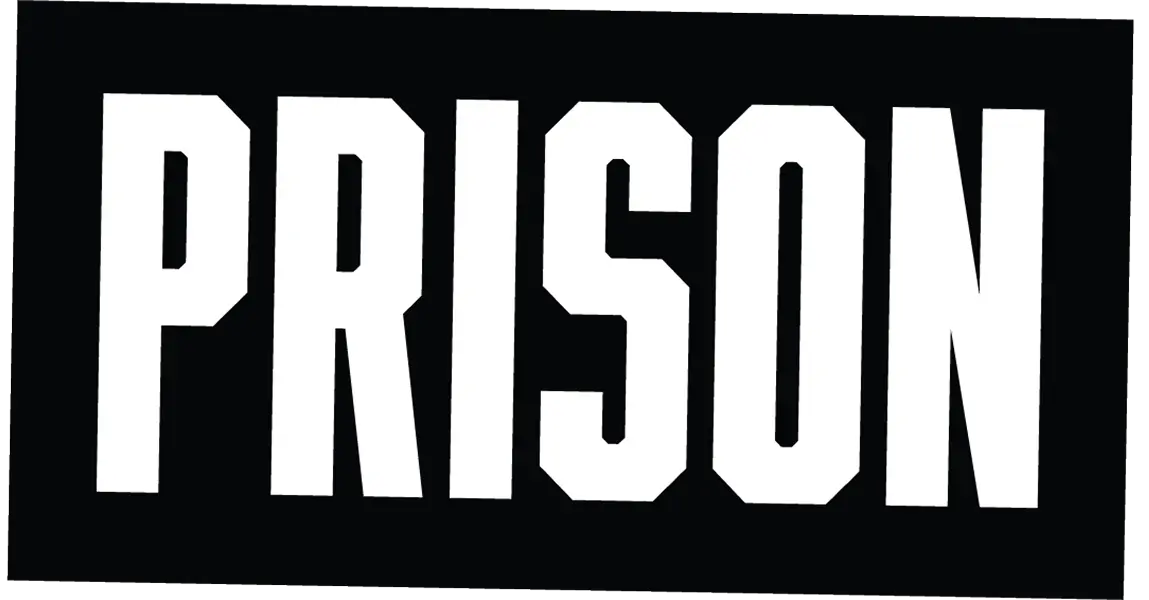August
- Identify all the possible legislative recommendations that you might consider making to legislators during the session.
- Gather background information on the legislative process, the timing of moving a bill through the legislative process, and the key players on the committees that would have the jurisdiction over your proposed legislative recommendations.
- Find out which of your allied statewide organizations have scheduled advocacy days at the capitol in this year’s session.
September
- Schedule a meeting with your core group to decide on and prioritize your legislative recommendations.
- Contact allied statewide organizations that have scheduled advocacy days at the capitol in current year’s session and see if you can get your legislative recommendations on their agenda.
- Map out your base of allies with all the key legislators who have decision-making power over your potential legislative recommendations.
October
- Host a legislative strategy session with your core group and allies to decide how you will push your agenda.
- Create an Action Team with your core group and allies to build and strengthen relationships with key legislators.
- Write your legislative recommendations into legislative language or ask an attorney to write on a pro bono basis.
November
- Identify who may oppose your legislative recommendations and discuss how you will overcome that.
- Organize a legislative training session for your Action Team.
- Create and/or update your media contact lists.
December
- Share your bill(s) with other groups and line up their support.
- Identify and recruit legislators who will sponsor your bill(s).
- Create a timeline for moving your bill through the legislative process.
January
- Create a fact sheet on your bill(s).
- Write a media release and develop a social media toolkit to use to promote the introduction of your bill(s).
- Draft an action alert to send to your networks to encourage others to support the bill once introduced.








